ElectroShare 2025: Rewarding Our Loyal Customers
2 minute readWe’re excited to announce that 2025 ElectroShare payouts have been distributed! This year, we rewarded eligible customers a total of
Home > BKV Energy Blog > All Posts > Is the Texas Power Grid Ready for the Total Solar Eclipse on April 8, 2024?
4 minute read • Last update July 2025
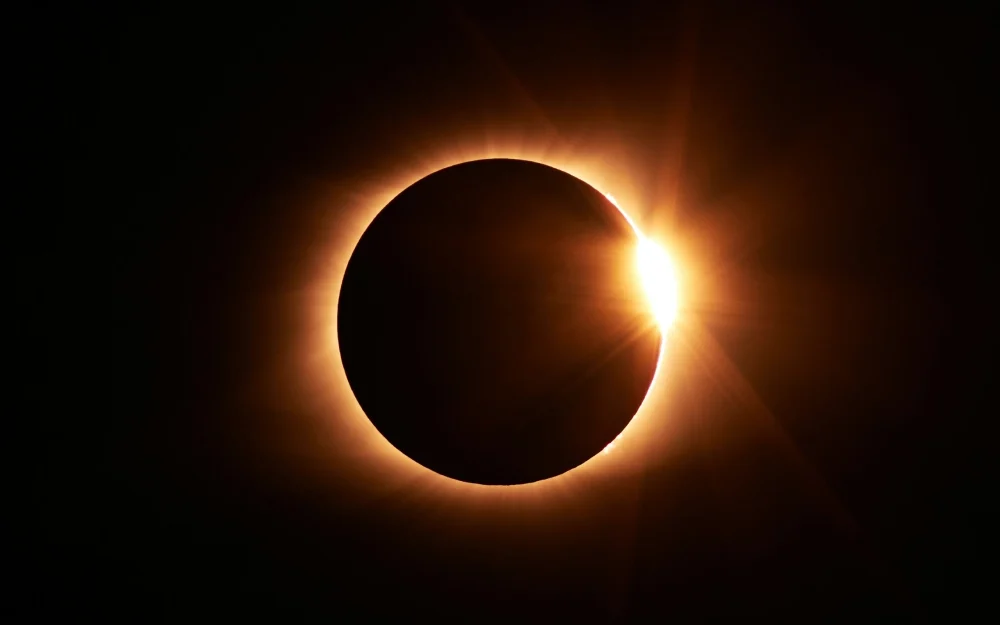
Starting around 12:10pm and lasting until 3:10pm CST, the total solar eclipse will have a significant impact on Texas’ power grid. Totality will last locally in Texas for about 4 minutes.
As the sun moves behind the moon and the moon casts a shadow over a significant portion of the state, there will be a reduction in solar power production where the sun is not shining.
Solar generation could drop around 90% during the eclipse’s peak around 1:40pm.
Barry VanderHorst, Director of Portfolio Management at BKV Energy says, “Wind generation will place downward pressure on wholesale electricity prices during the event and counteract the temporary loss of solar generation. ERCOT estimates ~50 GW of demand during the eclipse and ~74 GW of estimated capacity at noon, decreasing to ~65 GW at 1PM, and gradually ramping back up to 82 GW around 4PM. This means there will be plenty of available generation capacity to provide power reliability across the state.”
ERCOT has prepared for this moment and has expressed confidence in the grid’s ability to maintain stability throughout the eclipse. You should not expect a lapse in power as a result of the eclipse.
During the eclipse, ERCOT will monitor conditions closely to ensure the grid remains stable despite the drop in solar production.
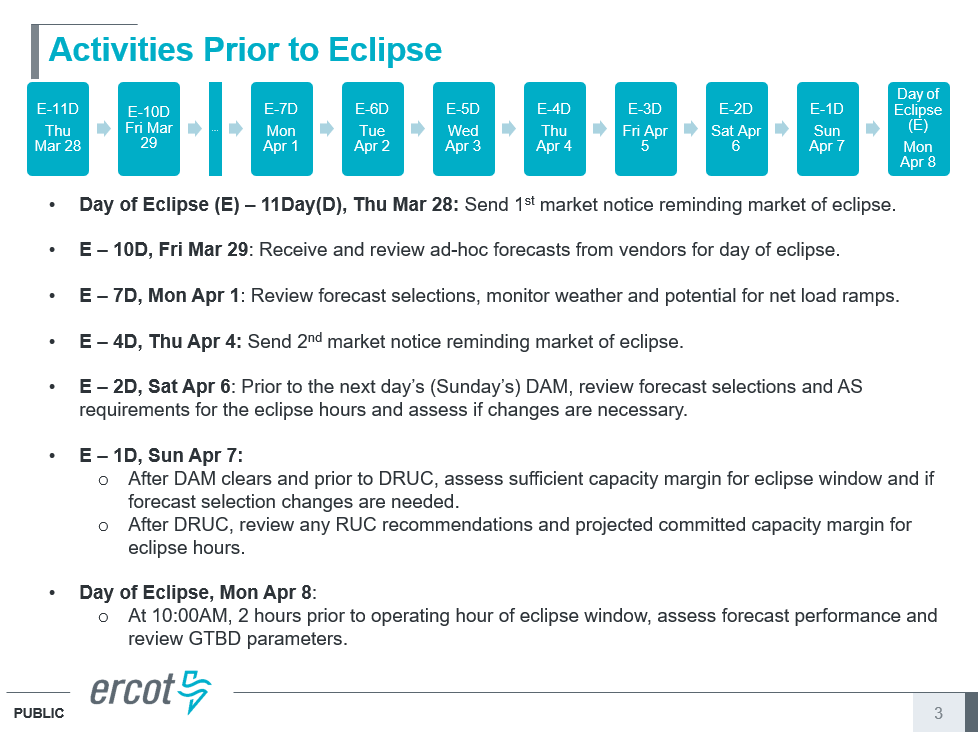
The most important thing to remember during the eclipse is not to look directly at the eclipse. There is still enough light creeping around the Moon to permanently damage your eyesight.
Only look at the eclipse through legitimate solar eclipse glasses and even then, only for a few minutes at a time. Ensure that the glasses you are using are certified by the International Organization for Standardization and have the code 12312-2 on the inside.
If you are traveling through Texas during the eclipse, be prepared for significant traffic jams and slow movement on roadways. Small Texas towns in the path of totality are expecting an influx of hundreds of thousands of visitors.
During past solar eclipses, highways have come to a complete standstill with many drivers running out of gas, getting stuck, and requiring the assistance of a tow truck.
Unless you have planned far in advance to reach your total eclipse viewing destination a day or two early and to leave a day or two after, it is recommended to view the eclipse from home so as not to put yourself at risk and not to increase the number of cars on roads.
The total solar eclipse will sweep across the United States from south to northeast across the following states: Texas, Arkansas, Missouri, Illinois, Indiana, Ohio, New York, Vermont, and Maine.
Major cities in the path of totality include:
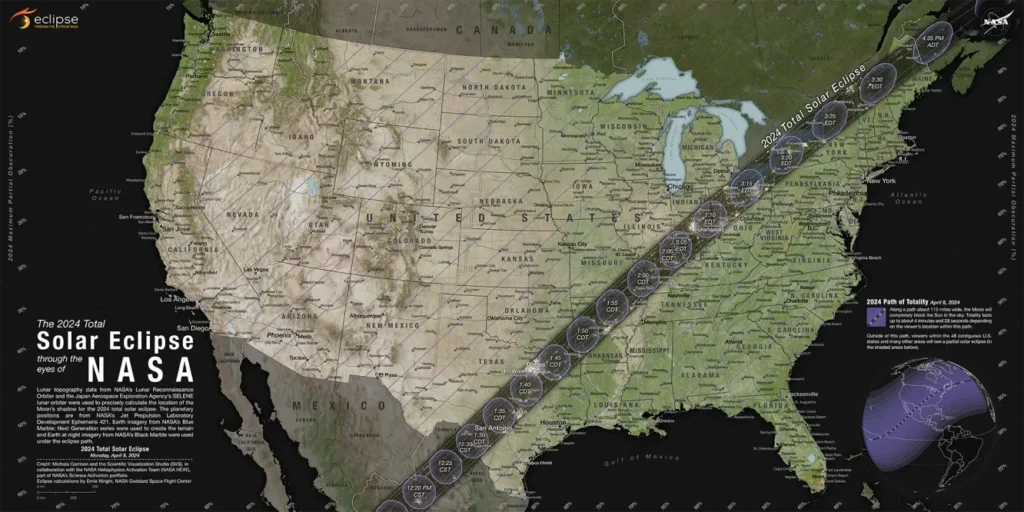
Temperatures may drop between 5-15 degrees Fahrenheit during the eclipse’s peak because less sunlight will reach Earth.
Animals will begin to react as the sunlight begins to dim. Birds may begin to flock, farm animals may head back to their barns because they believe it’s time to head to sleep, bees will return to their hives, and some plants may close during totality. Animals and plants may react this way because they think that it’s nighttime.
The next total solar eclipse over North America and the United States will not occur until August 23, 2044. The previous total solar eclipse seen by Texans was July 29, 1978.
During a solar eclipse, the moon passes between the sun and Earth, casting a shadow over the Earth. Solar eclipses lead to a temporary reduction in sunlight and cooler temperatures.
During a lunar eclipse, the Earth passes between the sun and the Moon, casting a shadow over the Moon. The Moon turns red during a lunar eclipse because the light that does reach the Moon is passing through Earth’s atmosphere which is full of gases, dust, and other particles that filter the light.
Total and annular solar eclipses are some of the rarest types of eclipses due to the Moon’s elliptical orbit around the Earth – it makes it less likely that the Sun, Moon, and Earth will line up in such a particular way to almost entirely block out all sunlight from reaching the Earth.
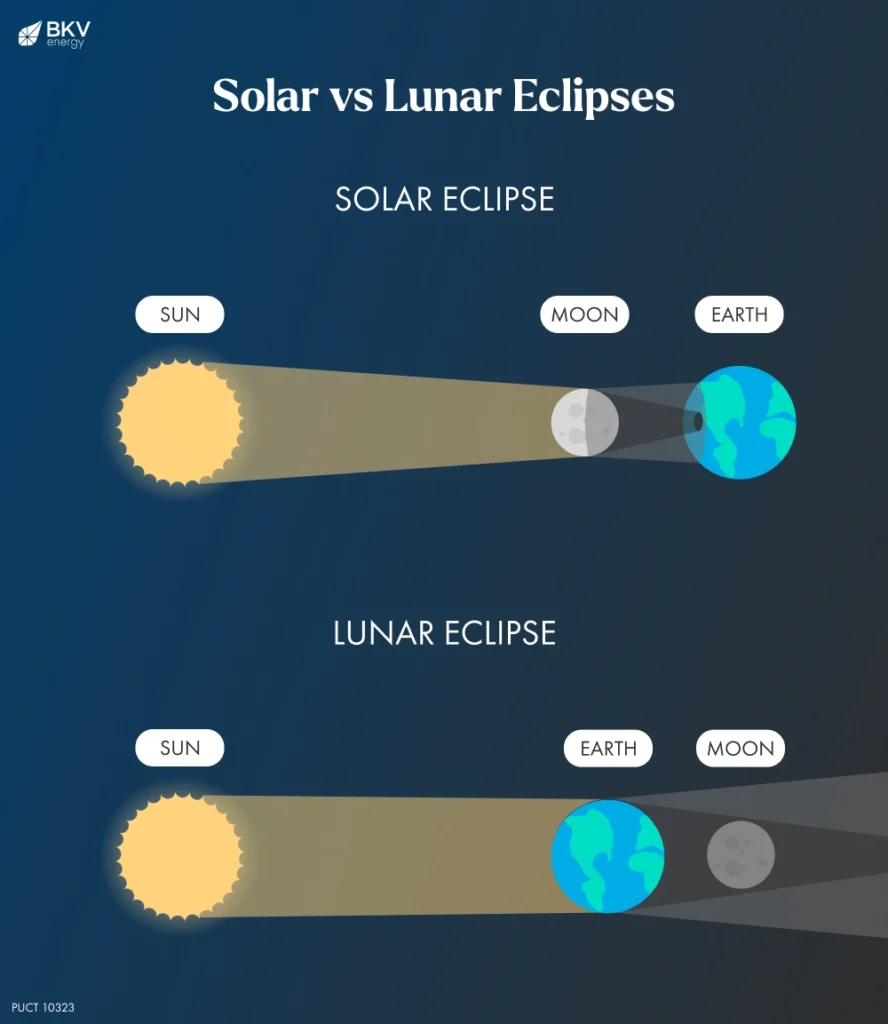
Graham Lumley, Digital Marketing Manager at BKV Energy, leads digital and traditional marketing strategies, focusing on educating Texans about the state's deregulated energy market. With over 8 years of marketing experience, he creates content to help consumers understand and save on their energy bills, bringing a fresh and dynamic approach to the industry.
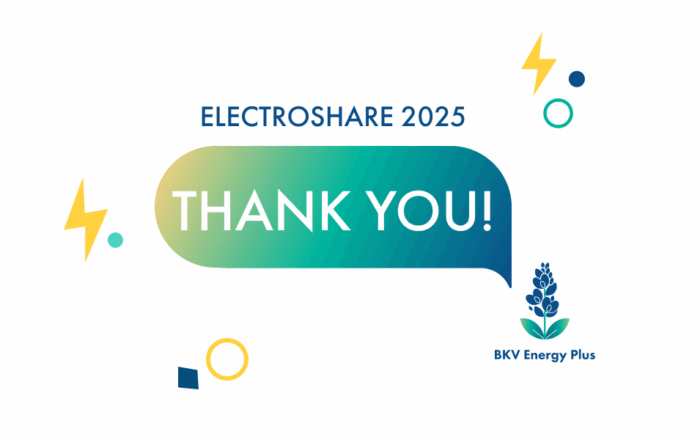
We’re excited to announce that 2025 ElectroShare payouts have been distributed! This year, we rewarded eligible customers a total of
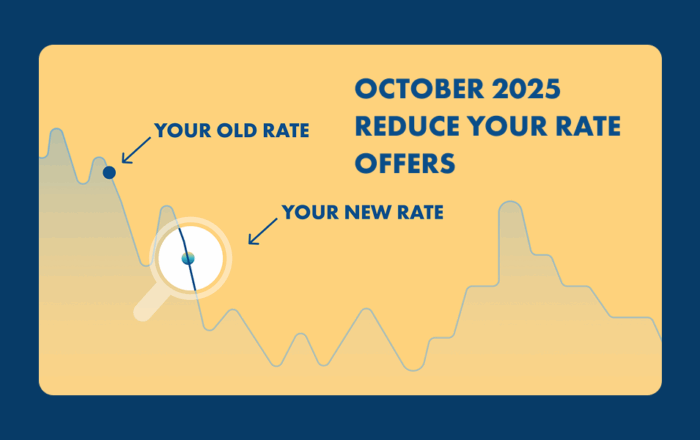
New rate reduction offers delivered to 100s of BKV Energy customers this October Another round of Reduce Your Rate offers
Get $50 off your electric bill!
Use code BKVEJOINUS50
Enter your zip code to shop BKV Energy's affordable, fixed-rate Texas electricity plans. Use the promo code for $50 off your electric bill.